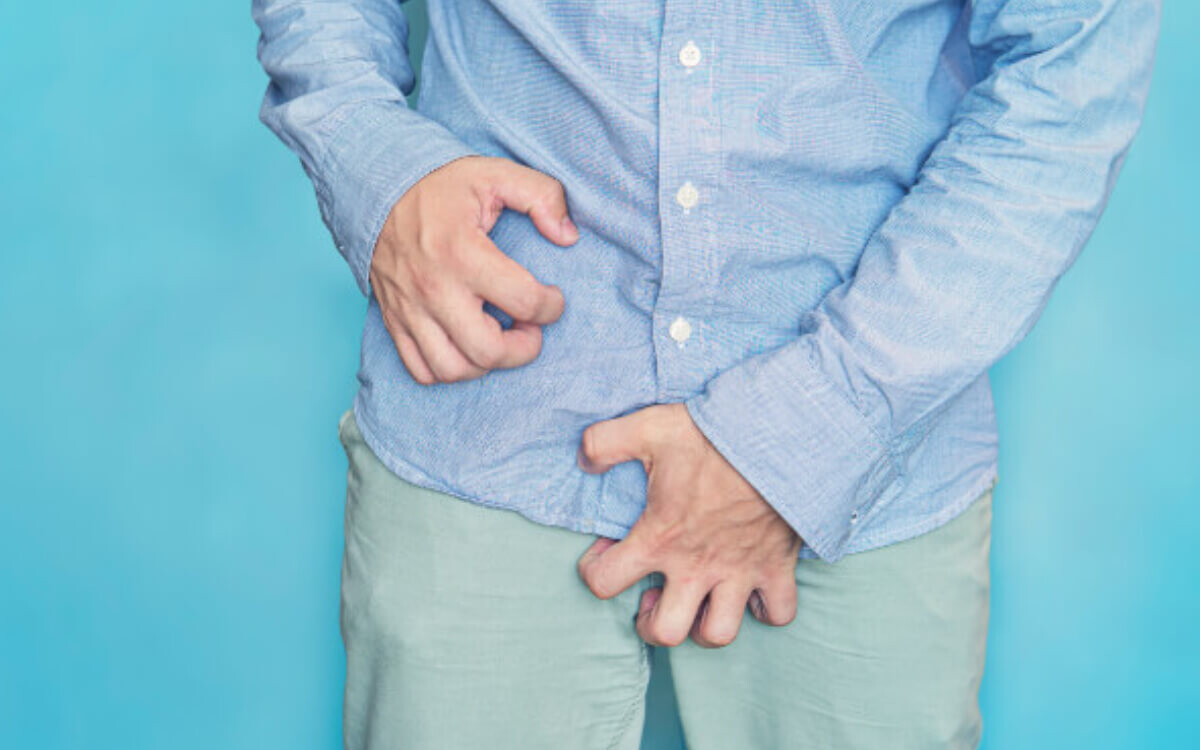Gonorrhoea, also called tripper, is a sexually transmissible infection (STI) caused by the bacterium Neisseria Gonorrhoea. This was discovered in 1879 by the dermatologist Albert Neisser. This article deals with the symptoms, causes, diagnosis, treatment and prevention of gonorrhoea. It is not intended to be professional advice. We are not doctors, psychologists, social workers etc. and can only explain the terms and the context and refer to support services. For specialist treatment etc., please contact a help centre near you.
How do you get gonorrhoea?
The bacterium Neisseria gonorrhoea is transmitted through sexual contact with an infected person and causes gonorrhoea. The pathogens are mainly found in the discharge from the penis and in the vaginal fluid. It is easily passed on from person to person through:
- unprotected vaginal, oral or anal sexual intercourse
- shared use of vibrators or other sex toys that have not been washed or covered with a new condom before each use
The bacteria can be found in the entrance to the uterus (cervix), the urinary tract (urethra), the rectum and, less commonly, the throat or eyes. The infection can also be transmitted from a pregnant person to the foetus. If you suspect infection during pregnancy, you should get tested and treated immediately before the baby is born. If left untreated, gonorrhoea can cause permanent blindness in newborns.
The transmission does not occur through kissing, hugging, swimming, toilet seats or sharing baths, towels, cups, plates or cutlery – but through sperm or vaginal fluid. This is because the bacteria cannot survive for long outside the human body.
What are the symptoms of gonorrhoea?
The incubation period is 1 to 14 days. After that, an infected person with symptomatic or asymptomatic infection is considered infectious. The majority of infected men develop a usually heavy yellowish discharge from the urinary tract, and pain and burning when emptying the bladder within 2 to 6 days after infection. About a quarter show only a sparse discharge. In around 10 to 30 % of infected men, the gonorrhoea takes an asymptomatic course, i.e. without symptoms. This means that there is a particular risk of unknowingly passing on the pathogen to others. If symptoms do occur, they can vary depending on the site of infection.
In men, gonorrhoea symptoms can be as follows:
- Pain or burning during urination
- Discharge from the penis
- painful or swollen testicles
People with a vagina may experience the following symptoms of gonorrhoea:
- Pain or burning during urination
- Vaginal discharge
- Below abdominal pain
- Painful sexual intercourse
- Bleeding between periods
- Swollen vulva
When gonorrhoea also infects the throat or rectum, the symptoms of these infections are noticeable as sore throat or rectal pain and discharge.
Get tested for gonorrhoea!
Gonorrhoea can be diagnosed by a number of tests, including a urine test, a swab of the urinary tract or cervix, or a swab of the throat or rectum. These tests can detect the presence of the bacteria in the body.
If you suspect you have been infected, you should get tested and treated as soon as possible. Untreated gonorrhoea can lead to serious complications such as infertility and chronic pain.
Treatment of gonorrhoea
Gonorrhoea can be treated with antibiotics, but it is important that you take all the antibiotics prescribed by your doctor. Antibiotics are usually given as a one-off treatment, in the form of an injection into the buttock or thigh muscle. It is also important to avoid further sexual contact until the infection has cleared up to prevent infecting others. It is also important to test your steady partner and not have sex until you have recovered. Otherwise, you may end up re-infecting each other over and over again.
It is important to know that some gonorrhoea strains have become resistant to certain antibiotics. Therefore, it is important to get tested regularly and to use safe sexual practices.
Preventive measures
The best prevention against gonorrhoea and other sexual diseases is the use of safer sex. This includes the use of appropriate contraceptive methods such as condoms during sexual intercourse, including vaginal, anal and oral sex.
For this purpose, the following advice can be given:
- Use condoms for men or women during all vaginal intercourse or condoms for men during anal intercourse
- Use of a condom for the penis or a latex or plastic quadrilateral (dam) for the female genitals during oral sex
- Do not share sex toys or wash them and cover them with a new condom before someone else uses them
This is why it is important to get tested for STIs regularly, especially if you have multiple sexual partners. If you are diagnosed with gonorrhoea, it is important to inform your sexual partners so that they can also be tested and treated. This can help prevent the spread of infection to others.
In summary, gonorrhoea is a common bacterial sexually transmitted disease that can be easily treated with antibiotics if caught early. However, if left untreated, it can lead to serious complications. The best way to prevent gonorrhoea is to practice safe sex and get tested regularly for STIs. If you suspect you have gonorrhoea, you should get tested and treated as soon as possible.
|
